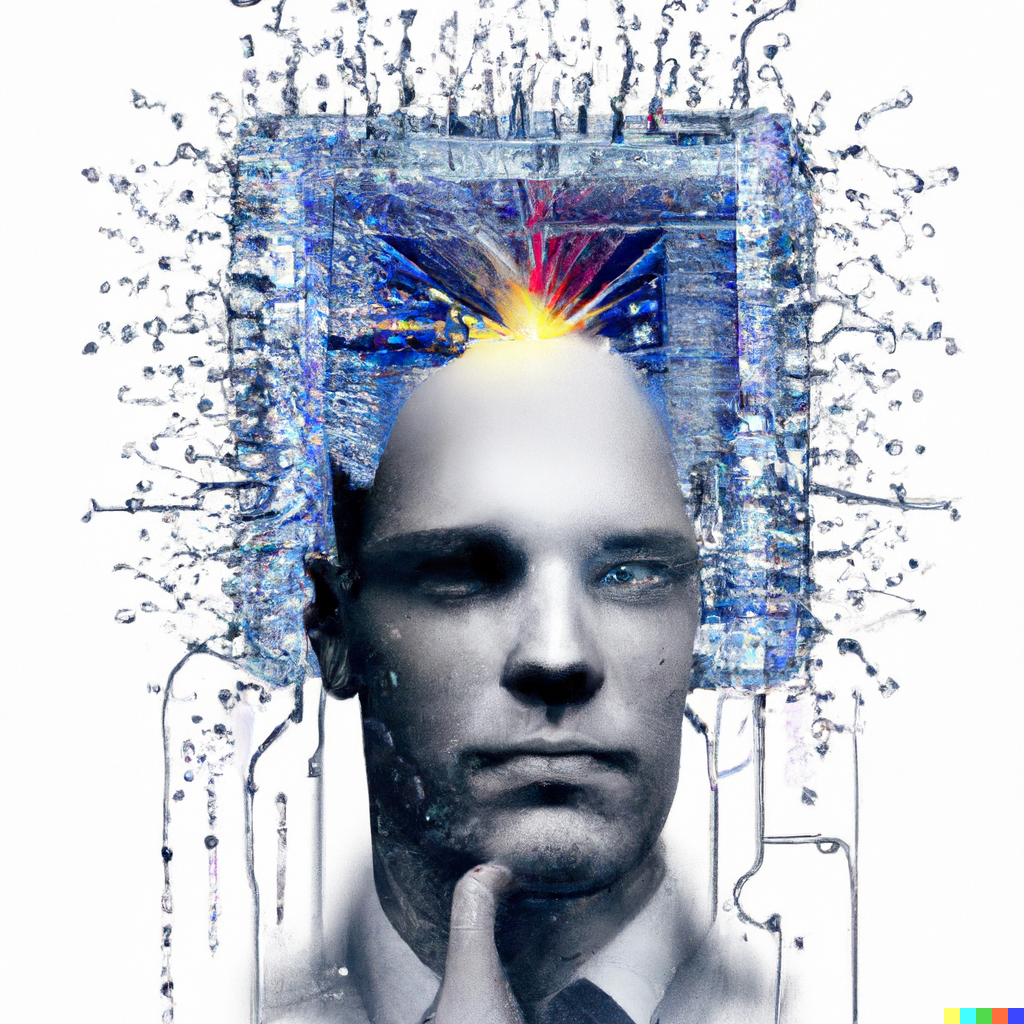October 23 | Machine Learning ML

In recent years, Machine Learning (ML) has evolved from a niche academic field to one of the most transformative technologies in the world. From recommendation systems on Netflix and Spotify to self-driving cars, fraud detection, and AI-powered chatbots, ML is the silent engine powering the digital revolution.
But what exactly is Machine Learning, how does it work, and why is it so impactful? Let’s break it down.
At its core, Machine Learning is a branch of Artificial Intelligence (AI) that enables computers to learn from data and improve over time—without being explicitly programmed.
Instead of writing step-by-step instructions for a computer, ML algorithms use patterns and examples to make predictions or decisions. In other words, machines learn from experience, much like humans do.
Example: When you train an ML model to recognize cats in photos, you don’t code “what a cat looks like.” Instead, you feed it thousands of labeled cat and non-cat images. Over time, the algorithm learns the subtle patterns—like ear shape, fur texture, and eyes—that define a cat.
Machine Learning typically involves a few key steps:
ML can be divided into three main categories:
In supervised learning, the model is trained on labeled data—meaning the correct answers are known in advance.
Examples: Email spam detection, credit scoring, and medical diagnosis.
Here, the model works with unlabeled data to find hidden patterns or groupings.
Examples: Customer segmentation, anomaly detection, and topic modeling.
In this setup, an agent learns by interacting with its environment and receiving rewards or penalties for its actions.
Examples: Self-driving cars, robotics, and game AI (like AlphaGo).
ML is everywhere—even when you don’t notice it:
ML doesn’t just automate tasks—it enables systems to make data-driven decisions that continuously improve with time.
Despite its potential, ML is not without challenges:
The next wave of ML innovation is being driven by:
ML is not just about automation—it’s about amplification: enhancing human intelligence and enabling smarter decisions across every industry.
Machine Learning is transforming the way we live, work, and interact with technology. It’s the backbone of modern AI systems and a key driver of digital innovation.
Whether you’re a developer, data scientist, or business leader, understanding ML concepts opens up a world of possibilities—from predictive analytics to intelligent automation.
SHARE THIS:
© Copyright 2025Global Tech AwardsAll Rights Reserved